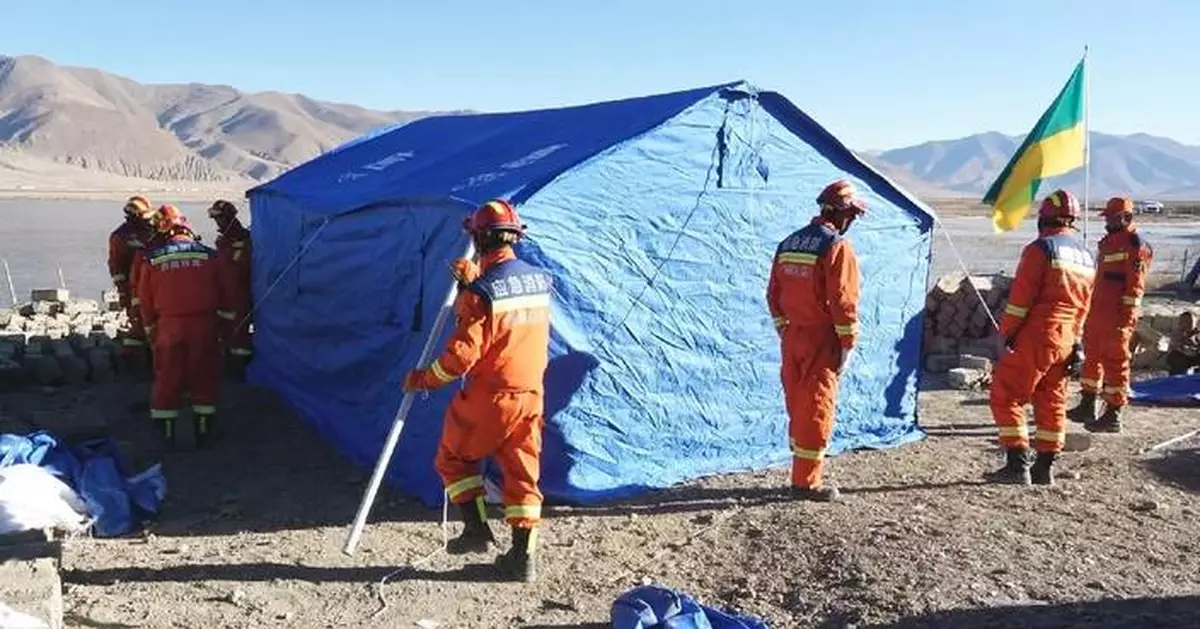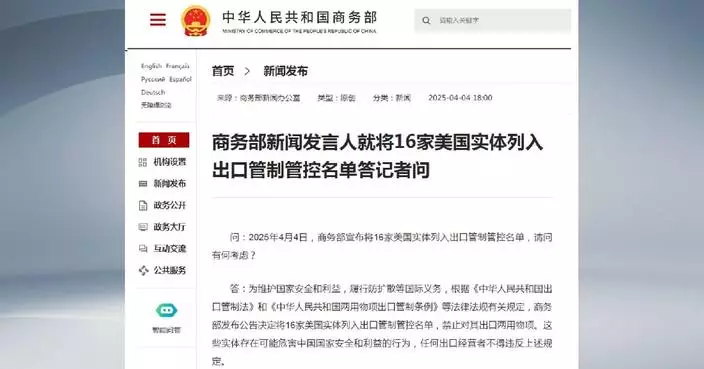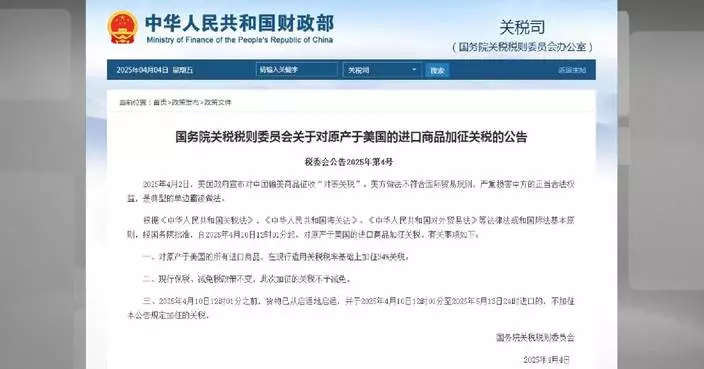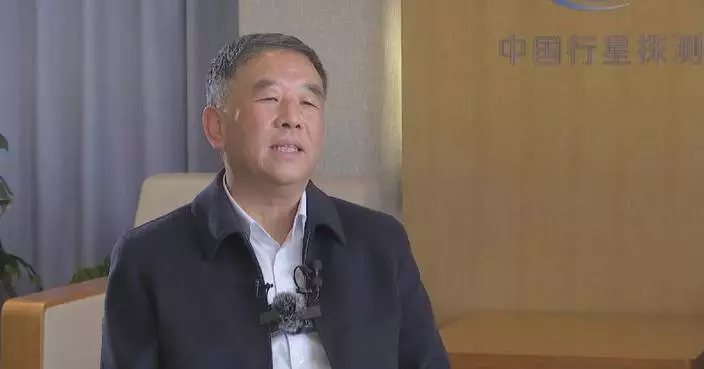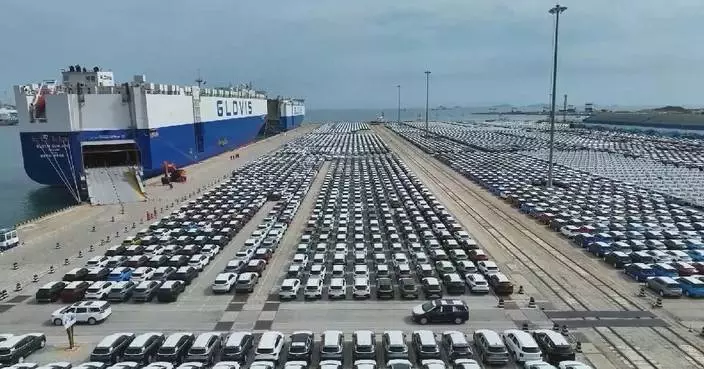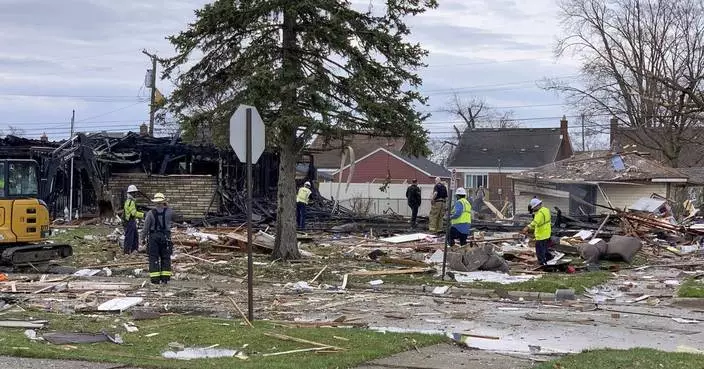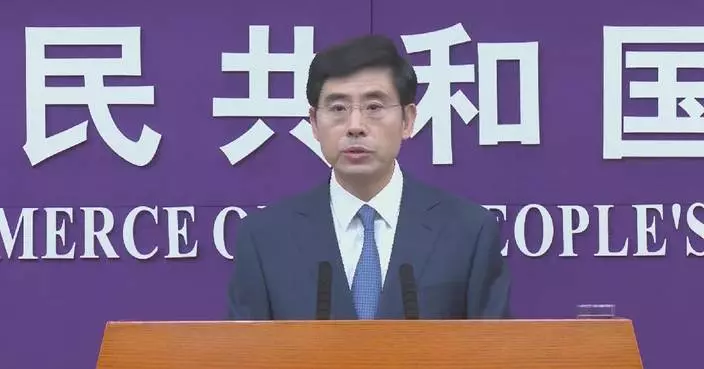Villagers in quake-hit areas of southwest China's Xizang Autonomous Region have hailed the assistance and support of more than 10,000 rescue workers who were dispatched to Dingri County after a deadly 6.8-magnitude earthquake struck the area on Tuesday morning.
The Changsuo Township was one of the areas most affected by the earthquake and its Tonglai Village, which has a population of nearly 500, has been left devastated.
Some houses here completely collapsed, while others were severely damaged, and nine people lost their lives in this community.
"We knew how severe the situation was because people's houses collapsed. There was dust everywhere. We helped the trapped people out of the debris and worked with the township government. We arranged ambulances to send those injured to receive medical treatment," said An Zhengfa, Party secretary of Tonglai Village.
The township government sent relief supplies including tents, quilts, stoves, and warm clothing to affected areas. Rescue workers also helped build temporary shelters and tents.
Resident Pasang Drolma, who lived alone in Tonglai Village, happened to be in another county when the earthquake struck her hometown, but now she has lost everything.
"I'm disabled. I's difficult for me to walk because of my legs. My house collapsed because of the earthquake. I'm heartbroken. But these rescue workers have helped me a lot, building a tent for me. I'm so grateful," she said.
More than 12,000 people including firefighters, military forces, and policemen have spared no effort in carrying out rescue operations.
"We have been unloading the relief materials since this morning; so far, we have unloaded 35 tonnes of supplies. In the afternoon, we helped build the tents. There are 26 tents in this area, sheltering 260 people. We will also monitor aftershocks this evening," said Lin Daoyuan, head of China Mining Rescue under the Zijin Mining Group.
As of Wednesday, 187 resettlement sites had been set up, accommodating 46,500 people.
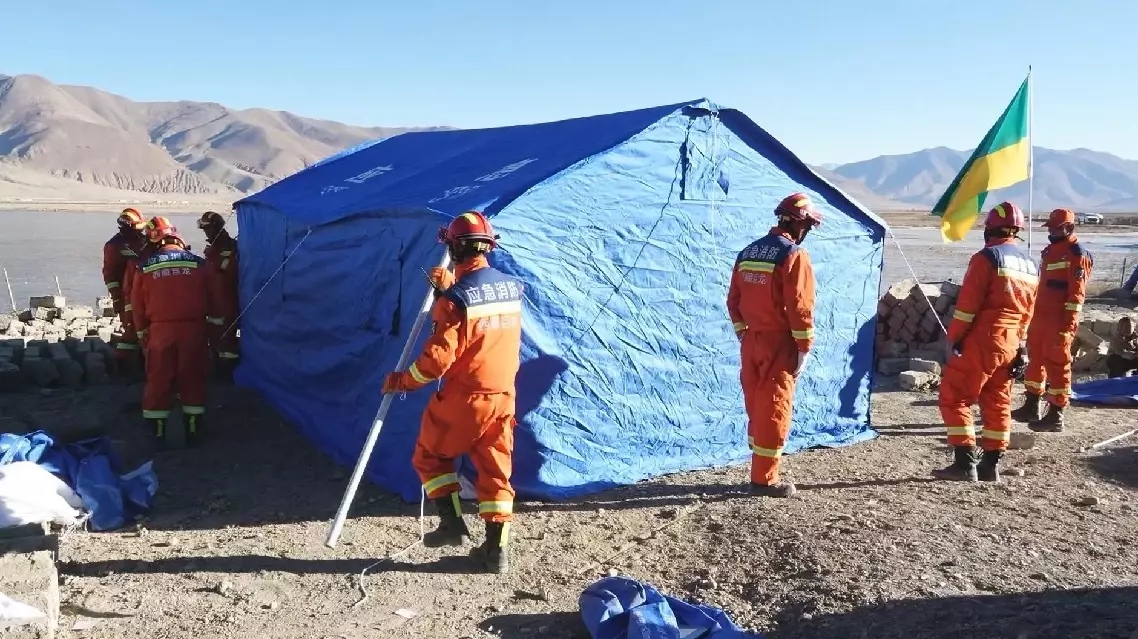
Xizang locals hail rescue workers' help
Hubei released China's first pricing program for medical services with brain-computer interface (BCI) technologies this week, accelerating the cutting-edge sci-tech's pace entering people's livelihood.
The Healthcare Security Administration of Hubei Province set the maximum prices for the implantation and removal of an invasive BCI implant at 6,552 yuan (about 899.7 U.S. dollars) and 3,139 yuan respectively, and the highest price for a non-invasive BCI adaptation service at 966 yuan.
The BCI technologies are bringing revolutionary changes in the treatments of many patients, according to Professor Jiang Xiaobing with the neurosurgery department under the Union Hospital affiliated to the Tongji Medical College of Huazhong University of Science and Technology.
"For patients with hemiplegia, blindness, or aphasia, we can use BCIs to restore some of their physiological functions. And we can also use BCI technologies to treat patients with Parkinson's disease, epilepsy, or Alzheimer's disease. And currently we don't have very effective therapies to cope with these diseases. So BCIs are bringing hopes for these patients," said Jiang.
"The next three to five years are a critical period in our development of BCI technologies. Their applications to the treatments of, say, cancers and paralyses are definitely different, so relevant products have to go through corresponding procedures (before entering the end market)," said Jiang.
In March, the National Healthcare Security Administration (NHSA) released a pricing guideline for neural system care services, specifying BCIs in an independent category.
According to the NHSA, this move aims to boost the clinical application of the cutting-edge technology to benefit patients in need, against the backdrop of BCIs' rapid development in recent years.
The guideline also outlines the pricing of invasive and non-invasive BCIs respectively based on the distinctive features of the two BCI approaches.
The guideline will pave the way for the swift translation of mature BCI technology into clinical use in the future, and offer a compass for localities nationwide to manage relevant medical services, said the NHSA.
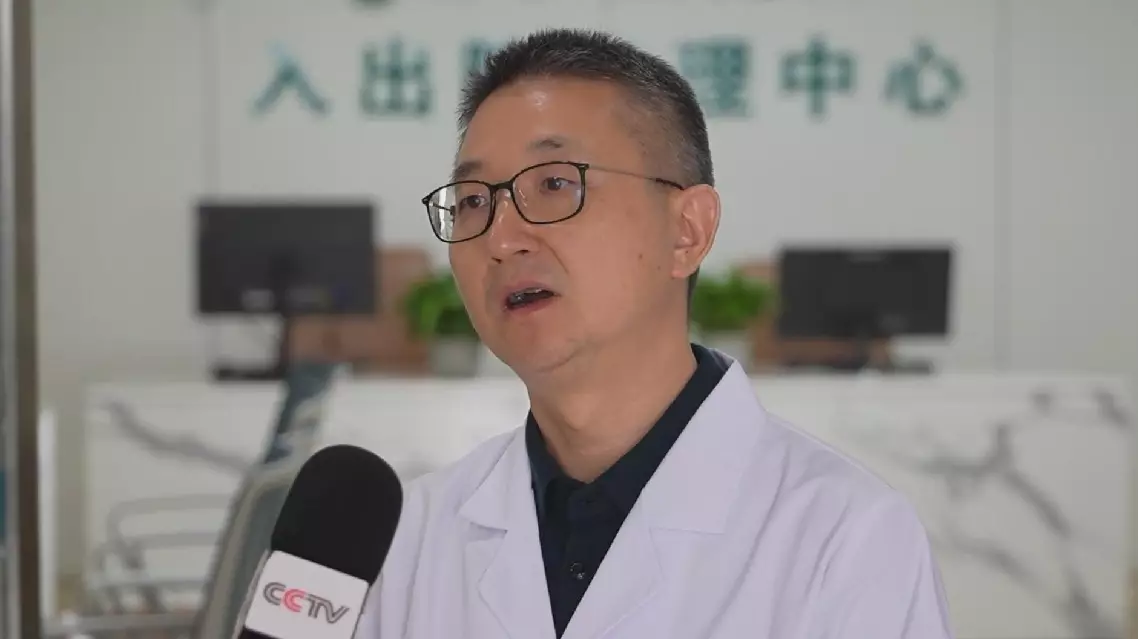
China's first medical service pricing for brain-computer interfaces issued



